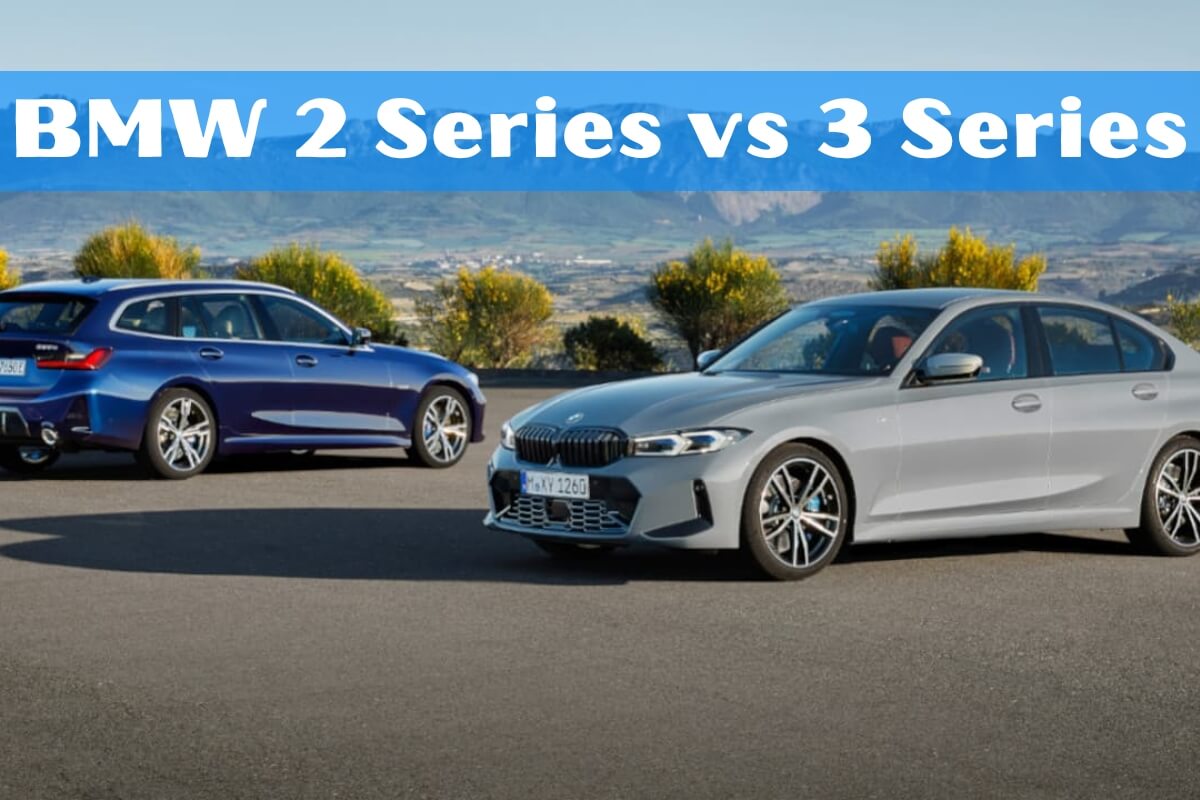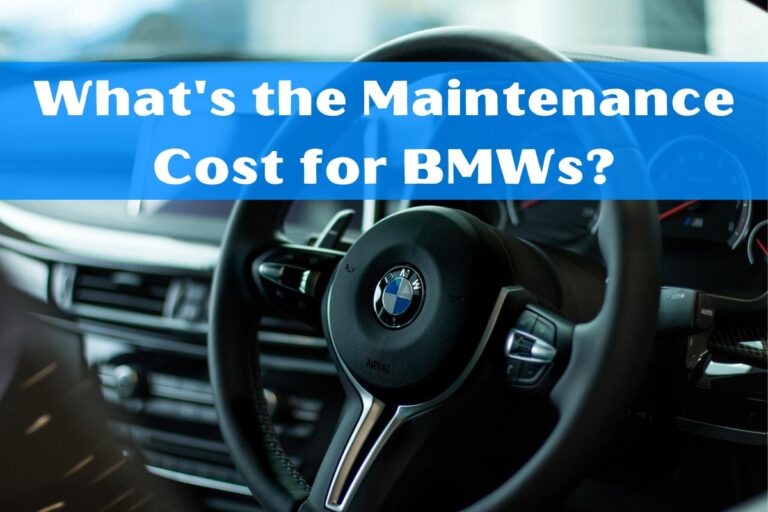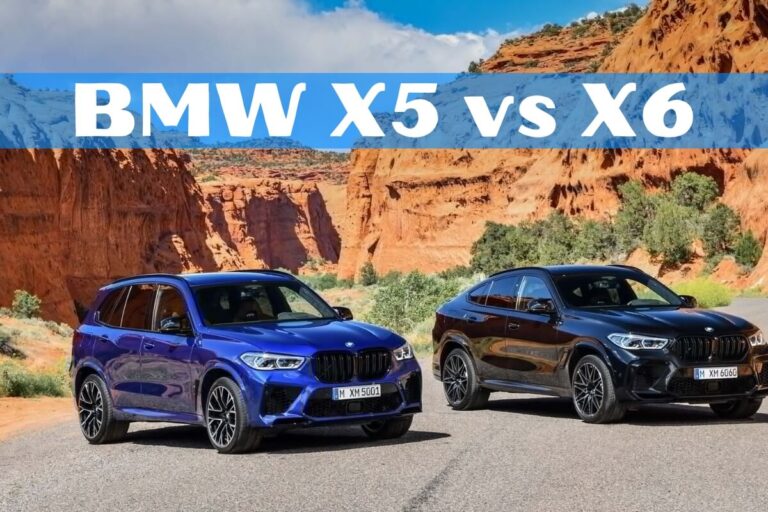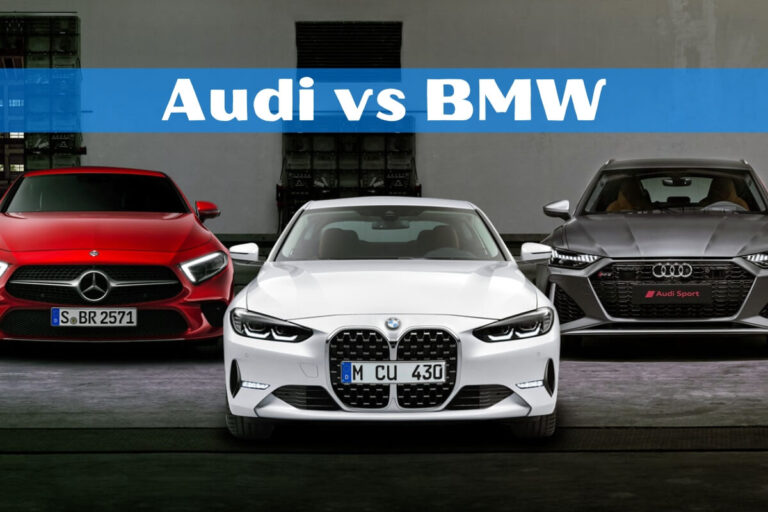BMW 2 Series vs 3 Series: Compact Luxury Face Off

Are you trying to decide between the BMW 2 Series and 3 Series? This in-depth comparison will help you choose the right luxury sedan for your needs and budget.
The BMW 2 Series and 3 Series are two popular compact luxury sedans that offer a perfect blend of style, performance, and premium features. However, they differ in several key areas such as size, engine options, interior space, and pricing.
When considering two options, it’s crucial to understand their similarities and differences. This comparison will break down the key aspects of both models, providing a clear and concise analysis to aid your decision-making process.
Design and Styling
The design and styling of a vehicle play a crucial role in its overall appeal. Both the BMW 2 Series and 3 Series showcase the brand’s signature styling cues, but with distinct differences.
Exterior Design Comparison
The BMW 2 Series has a more compact and sporty look, with a shorter wheelbase and overall length compared to the 3 Series. Its sleek, coupe-like profile and aggressive front fascia give it a youthful and athletic appearance.
On the other hand, the BMW 3 Series exudes a more mature and sophisticated design language. It has a longer wheelbase and a more upright stance, giving it a more substantial road presence. The front end features the iconic kidney grille and sleek LED headlights, while the side profile showcases a gentle curve and sculpted shoulders.
Interior Design and Cabin Comparison
Both models offer luxurious and well-appointed interiors, but the 3 Series takes the lead in terms of space and comfort.
The 2 Series interior is designed with an emphasis on sportiness and driver-centric layout. The seats are well-bolstered and supportive, while the dashboard features a clean and minimalist design. However, the rear seating area can feel a bit cramped for taller passengers.
In contrast, the 3 Series offers a more spacious and comfortable cabin, with ample headroom and legroom for all occupants. The interior is adorned with high-quality materials and upscale appointments, creating a truly premium experience.
Performance and Driving Experience
When it comes to performance and driving dynamics, both the 2 Series and 3 Series deliver the quintessential BMW experience.
Engine Options and Specifications
The 2 Series is available with a choice of two turbocharged engines: a 2.0-liter four-cylinder and a more powerful 3.0-liter six-cylinder. The four-cylinder engine produces 248 horsepower and 258 lb-ft of torque, while the six-cylinder delivers an impressive 335 horsepower and 369 lb-ft of torque.
The 3 Series also offers multiple engine options, including a 2.0-liter four-cylinder, a 3.0-liter six-cylinder, and a plug-in hybrid variant. The four-cylinder generates 255 horsepower and 295 lb-ft of torque, while the six-cylinder churns out 382 horsepower and 369 lb-ft of torque.
Ride Quality and Handling
Both models are renowned for their exceptional handling and precise steering, thanks to their rear-wheel-drive (or available all-wheel-drive) architecture and finely-tuned suspension systems.
The 2 Series is the more nimble and agile of the two, with a lower center of gravity and shorter wheelbase, making it a joy to tackle winding roads. However, its stiffer suspension setup can result in a firmer ride quality, especially over rougher surfaces.
The 3 Series strikes a better balance between sportiness and comfort. Its longer wheelbase and more compliant suspension provide a smoother ride, while still delivering excellent handling and responsiveness when pushing hard through corners.
Technology and Features
As luxury vehicles, both the 2 Series and 3 Series are equipped with a host of advanced technologies and features.
Infotainment and Connectivity
Both models come standard with BMW’s iDrive infotainment system, which is controlled via a large touchscreen display and a rotary controller. The system offers seamless integration with Apple CarPlay and Android Auto, allowing you to access your favorite apps and features directly from the car’s display.
Additionally, both models offer a range of connectivity features, such as Wi-Fi hotspot, wireless charging, and BMW’s digital key, which allows you to unlock and start your car using your smartphone.
Driver Assistance and Safety Tech
When it comes to safety and driver assistance technologies, the 2 Series and 3 Series are well-equipped with advanced features.
Standard safety features on both models include forward collision warning with automatic emergency braking, lane departure warning, and a rearview camera. Optional features like adaptive cruise control, blind-spot monitoring, and a surround-view camera system are also available.
Comfort and Convenience Features
Both models offer a range of comfort and convenience features to enhance your driving experience.
The 2 Series comes standard with features like dual-zone automatic climate control, power-adjustable front seats, and a premium audio system. Optional features include heated front seats, a panoramic sunroof, and a heads-up display.
The 3 Series takes things a step further with available features like ventilated front seats, a heated steering wheel, and a premium Harman Kardon surround sound system. It also offers more advanced driver assistance features like BMW’s Parking Assistant Plus and Extended Traffic Jam Assistant.
Practicality and Utility
While both the 2 Series and 3 Series are classified as compact luxury sedans, there are notable differences in their practicality and utility.
Passenger and Cargo Space Comparison
The 3 Series has a clear advantage when it comes to interior space and cargo capacity. With a longer wheelbase and overall length, it offers more legroom and headroom for both front and rear passengers.
The trunk space in the 3 Series is also larger, with a capacity of 17 cubic feet, compared to the 2 Series’ 13.8 cubic feet.
Fuel Efficiency and Running Costs
In terms of fuel efficiency, the 2 Series has a slight edge over the 3 Series, thanks to its smaller and lighter body.
The 2 Series with the four-cylinder engine is rated at 26 mpg city and 35 mpg highway, while the six-cylinder model achieves 23 mpg city and 32 mpg highway.
The 3 Series with the four-cylinder engine gets 26 mpg city and 36 mpg highway, while the six-cylinder variant delivers 23 mpg city and 33 mpg highway.
It’s worth noting that the plug-in hybrid 3 Series model offers even better fuel efficiency, with an EPA-rated 28 miles of all-electric range and a combined fuel economy rating of 75 MPGe.
Pricing and Value Proposition
When it comes to pricing and value, both the 2 Series and 3 Series offer a compelling proposition, but with some key differences.
Trim Levels and Options
The 2 Series is available in two main trim levels: the 230i and the M240i xDrive. The 230i starts at around $36,000, while the M240i xDrive has a starting price of around $48,000.
The 3 Series has a more extensive range of trim levels, including the 330i, 330e (plug-in hybrid), M340i, and the high-performance M3. Prices range from around $42,000 for the base 330i to over $70,000 for the top-of-the-line M3.
Both models offer a range of optional packages and individual options, allowing you to customize your vehicle to your specific preferences.
Cost of Ownership Comparison
While the 2 Series has a lower starting price than the 3 Series, it’s essential to consider the overall cost of ownership.
The 3 Series may have higher upfront costs, but it typically holds its value better than the 2 Series over time, resulting in lower depreciation. Additionally, the availability of the plug-in hybrid variant can help offset fuel costs for those who prioritize efficiency.
On the other hand, the 2 Series may have lower maintenance and repair costs due to its smaller size and simpler powertrain options.
Ultimately, the choice between the 2 Series and 3 Series will depend on your specific needs, preferences, and budget.
Ending Thoughts
In the battle of the BMW 2 Series vs 3 Series, it’s clear that both models offer a compelling package of luxury, performance, and advanced features. However, the decision ultimately comes down to your priorities and lifestyle.
If you value a more compact and agile driving experience, coupled with a sportier design and slightly better fuel efficiency, the BMW 2 Series could be the perfect choice. It’s ideal for urban environments and those who prioritize a fun and engaging driving experience over maximum interior space.
On the other hand, if you prefer a more spacious and comfortable cabin, along with a smoother ride quality and a broader range of engine and trim options, the BMW 3 Series is the way to go. It strikes a better balance between performance and practicality, making it a great choice for families or those who frequently take longer trips.
Ultimately, both the 2 Series and 3 Series offer exceptional levels of luxury, technology, and performance that are synonymous with the BMW brand. By carefully considering your specific needs and preferences, you can make an informed decision and choose the luxury sedan that best suits your lifestyle.
No matter which model you choose, you can rest assured that you’ll be driving a vehicle that embodies the very best of German engineering and automotive excellence.






